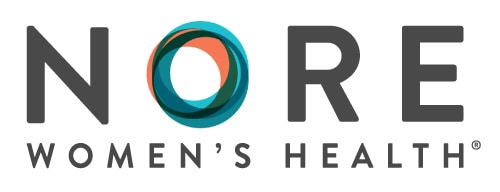What is Overactive Bladder?
OAB is also called Urge Incontinence and is one type of Urinary Incontinence. OAB is really a neurological condition. A special area in the brain controls bladder function. Once you have decided whether to void or to hold, a signal is sent from the brain back down the spinal cord to the bladder, telling it what to do. In certain cases with women, these nerve loops become disoriented so that the normal process of coordinating this event malfunctions and instead of your brain telling your bladder what to do, your bladder starts doing what it wants.

SYMPTOMS OF OVERACTIVE BLADDER
Frequency
Urinating more than eight times a day.
Nocturia
Difficulty sleeping through the night, awakening one or more times to urinate.
Urgency
Experiencing a sudden and uncontrollable urge to urinate.
Urge incontinence
Leaking urine when experiencing the urge to urinate.
Treatment for Overactive Bladder
Urgency and overactive bladder are easily treatable through non-surgical or minimally invasive treatments. Your provider will use the latest approaches to treat OAB with little impact to your daily life.
Dietary counseling. We recommend patients adopt a bladder-friendly diet. Our team will work with you to help you find the right dietary solution to support on-going treatment plans. Our team will work with you to help you find the right dietary solution to support on-going treatment plans.
Medications. Several medications are available to treat the symptoms of overactive bladder or urge incontinence. These medications help communication between the brain and the bladder to stop spasms.
Bladder training. Tell your bladder when to go, not the other way around. our provider will set a time interval for you to follow during your awake hours, and you should do your best to only go to the restroom at that time. For example, if you are advised a 2-hour interval and on a particular day wake up at 6:00 AM, then you should only urinate at 2-hour intervals from then (8 AM, 10 AM, etc.). If you feel the need to use the restroom at a non-advised time, perform a kegel and try and ignore the need—generally, doing so is successful after about 30 seconds. If the urge remains, use the restroom, but be sure to still urinate at your upcoming advised time. For example, if you urinate at 7:30 AM and were scheduled to urinate at 8:00 AM, still try and do so again at the latter time. Once you are able to meet your goal time easily, begin to increase times between urination by 15 or 30 minutes and continue to do this until you can make it to 3 or 4 hours between voids.
Vaginal rejuvenation. Many women are surprised to learn that nonsurgical treatments can achieve excellent results with no downtime. Along with noticeable improvements in vaginal laxity and dryness, urinary stress incontinence can be reduced or even eliminated completely. For many women, this procedure is a life-changing experience that can not only enhance their intimate relationships but also help them feel like themselves again. Learn more about Nore’s nonsurgical vaginal rejuvenation options.
WE'RE HERE TO HELP
We're a different kind of medical practice. We take the time to listen and develop a treatment plan specific to your age-related needs. Have a question or want to request an appointment? Give us a call or complete the form.

